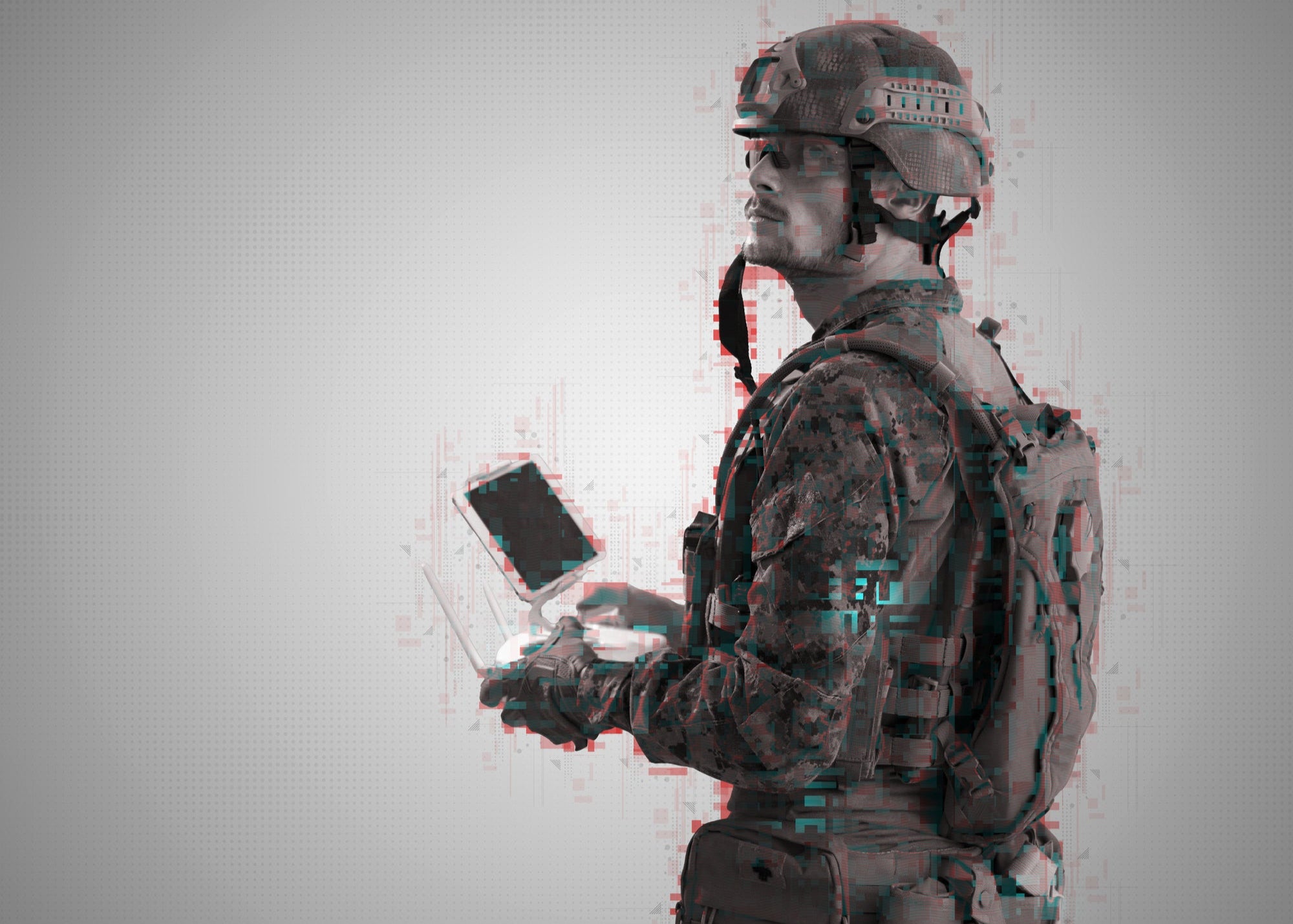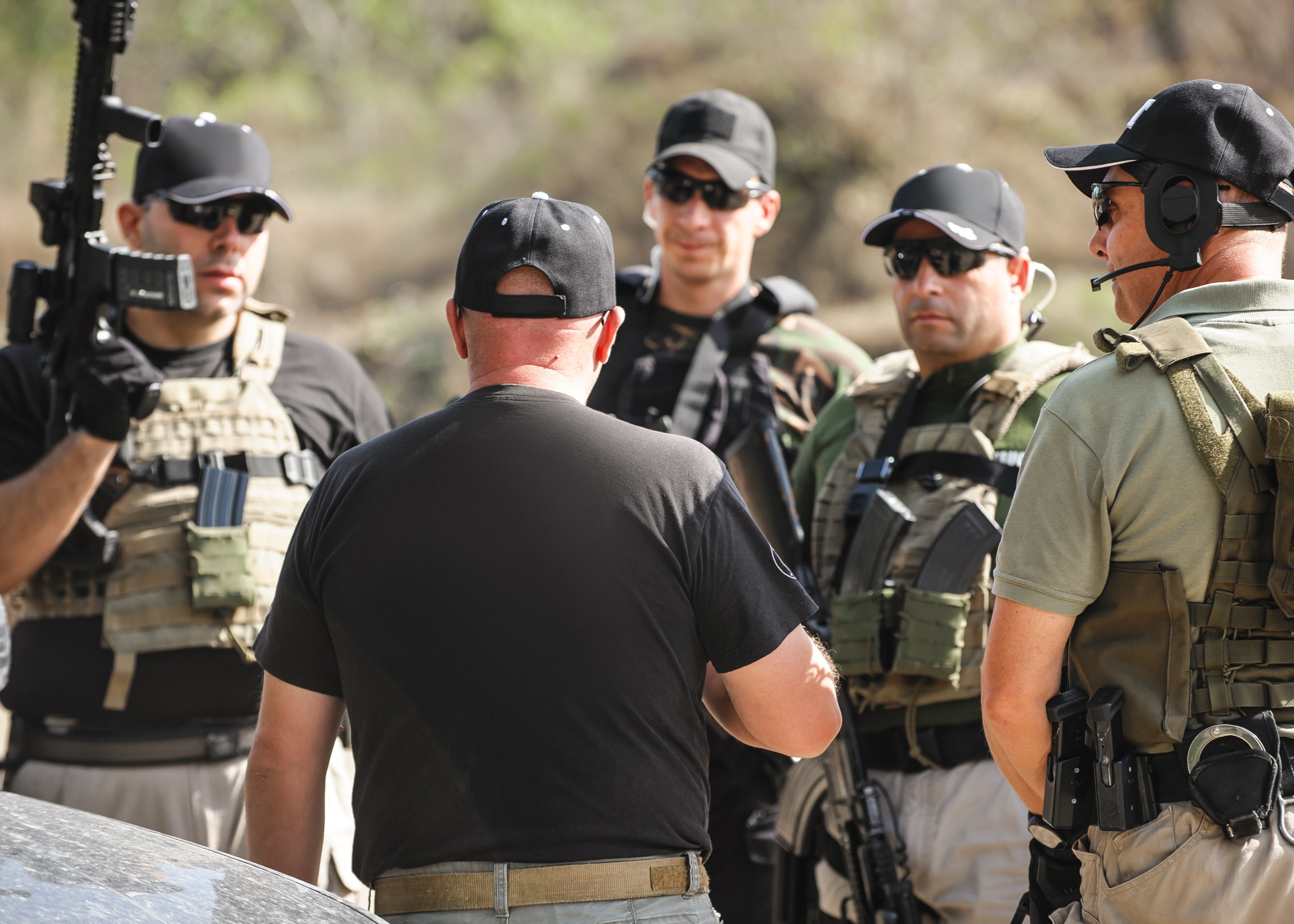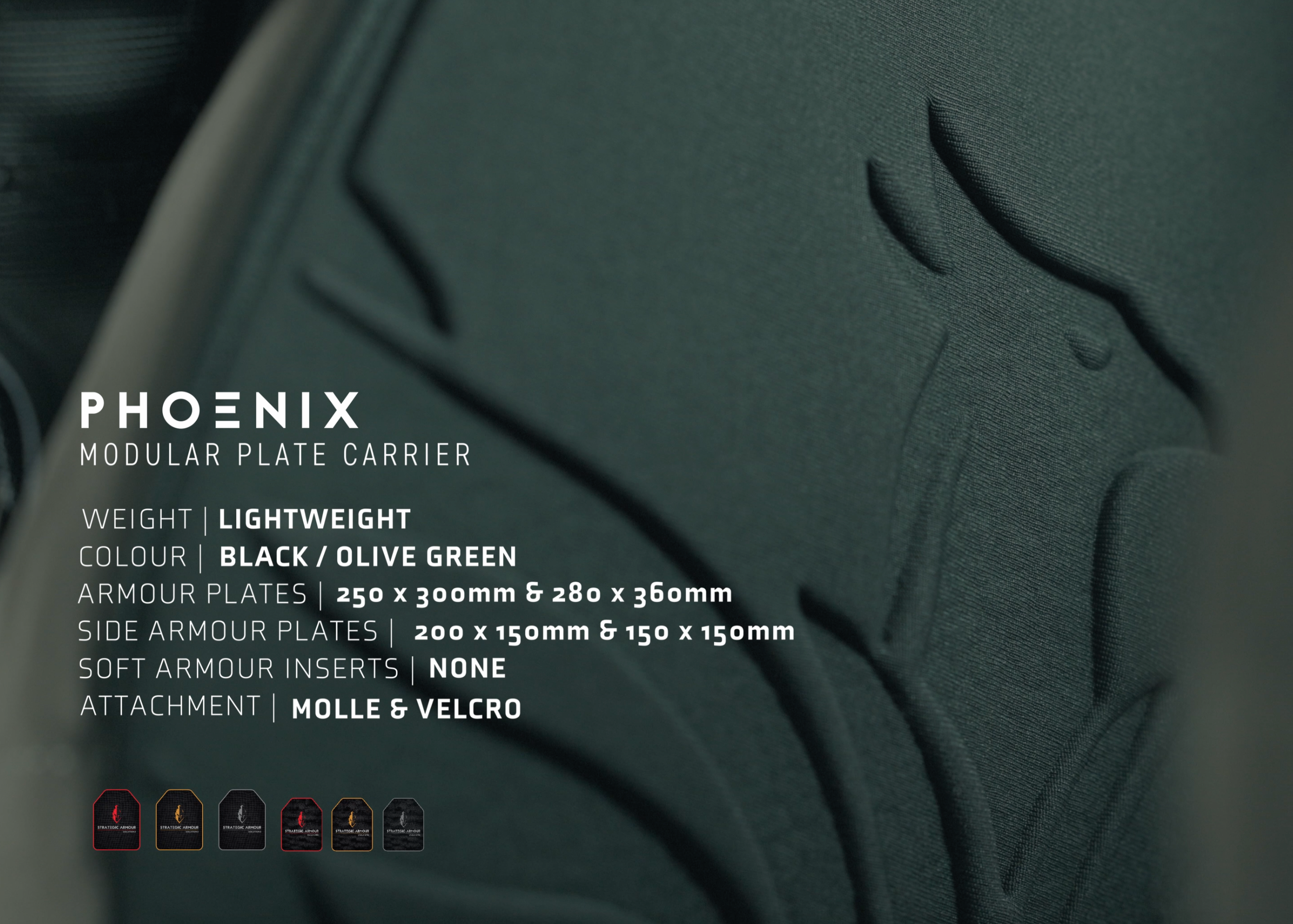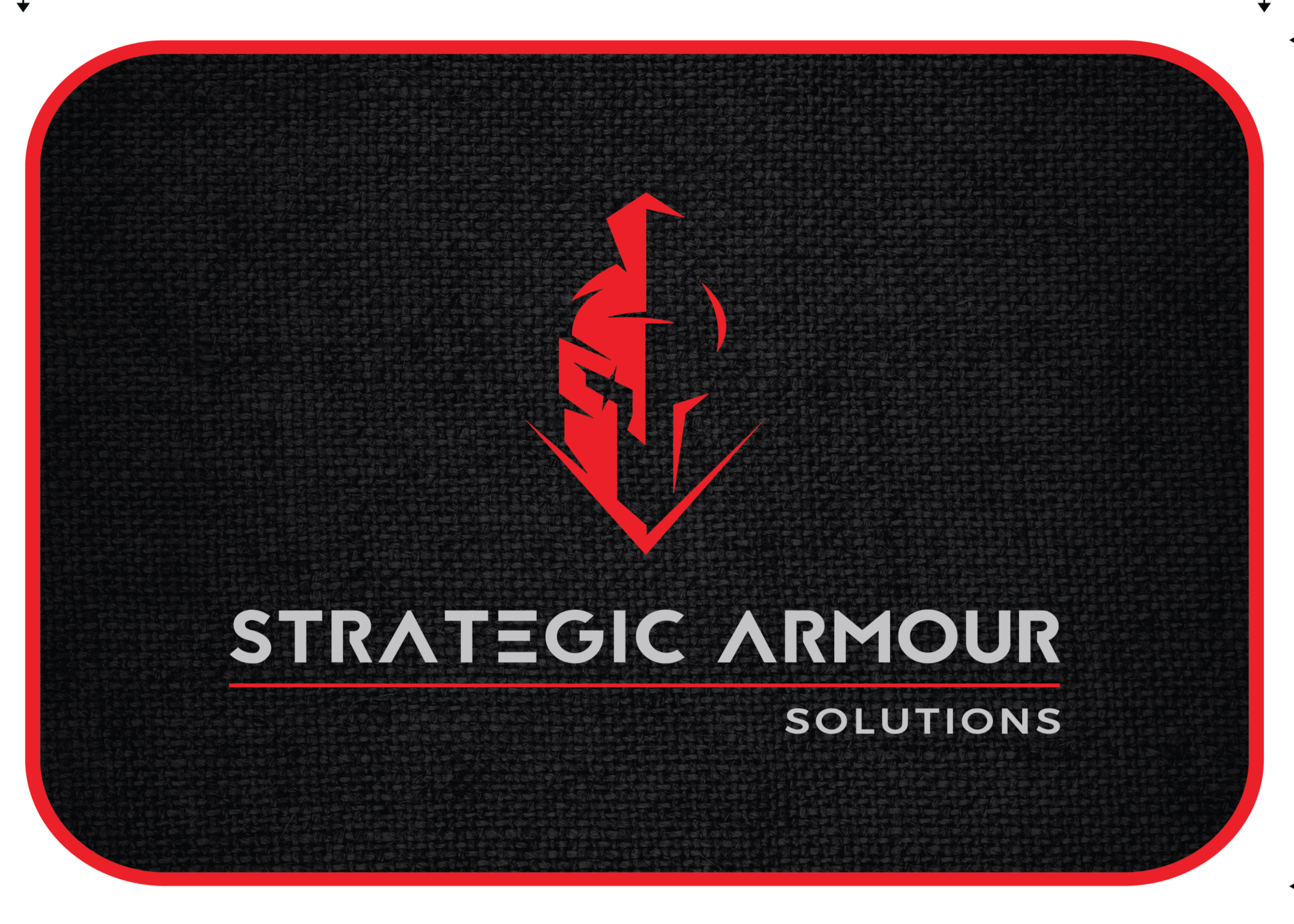Frequently Asked Questions
NIJ STANDARDS
Find the general information required about NIJ standards here. NIJ Standards
The National Institute of Justice (NIJ) classifies body armour into 5 different threat levels: Level IIA, Level II, Level IIIA, Level III and Level IV based on their ability to stop specified rounds at specified velocities. The NIJ’s current standard is 0101.06 with a pending update to 0101.07 slated to be finalised in 2020.
NIJ Level IIIA is designed to stop .357 Sig FMG FN bullets traveling at a velocity of ~1470 ft/s and .44 Magnum SJHP rounds at a velocity of ~1430 ft/s. The updates for 0101.07 HG2 include testing requirements for 9mm FMJ with a velocity of ~1470 ft/s and changed the .44 MAG test to a JHP (jacketed hollow point) with the same velocity requirements.
NIJ Level III rifle plates are designed to stop six spaced hits of 7.62x51mm NATO FMJ M80 at a velocity of ~2780 ft/s. Level III+ is a designation that the industry has adopted to show the capabilities of armour beyond the NIJ Level III testing. This indicates that the plate can withstand higher velocity rounds plus additional threats such as M855 and M193. The NIJ intends to address this in establishing the RF2 category of the 0101.07 standard.
NIJ Level IV are the highest rated armor plates under the NIJ standards. They are designed to take one hit from an Armour Piercing 30.06 traveling at a velocity of 2880 ft/s. This test will remain the same for the 01010.07 standard.
The main difference between Level III and Level IV armour is that Level IV armour stops armour-piercing rounds. Level III armour is not rated for armour-piercing ammunition.
In order to stop armour-piercing rounds, ceramics or metal is used in the construction of the plates. This makes Level IV plates heavier than Level III plates.
GENERAL CARE AND MAINTENANCE OR ARMOUR
DO: Follow the manufacturer-recommended care instructions. (Every model of body armour that complies with NIJ Standard-0101.06 is required to have manufacturer-recommended care instructions on the label.)
DO: Make certain that anyone else, such as a family member, who cares for the armour is also aware of these instructions.
DO: Visually inspect hard armour plates before each use to ensure that no surface cracks or other signs of damage are present; damage to a plate is a clear indicator that the armour panel or plate should be replaced.
DO: Frequently inspect the condition of the label on the armour panel. On receipt of a new protective vest, copy the information included on the product label and retain it in a safe place.
DO: Be aware of the manufacturer’s product expiration date to ensure that the vest is replaced in a timely manner. If the armour is beyond its declared period, replace it.
DO: Involve supervisors in the inspection of body armour.
DO: Visually inspect ballistic panel covers frequently. Check for cuts, tears, stitching separation, sealing problems and worn or frayed fabric due to excessive wear.
DON’T: Open the covers of armour panels for any reason. If the integrity of the panel cover is compromised in any way.
DON’T: Assume that an appearance of good condition implies good performance.
DON’T: Remove serviceable armour from service until replacement armour is available for immediate wear.
DON’T: Attempt to repair armour panels under any circumstances.
DO: Ensure that armour panels fit properly into carriers with the strike face and wear face correctly oriented. Refer to the ballistic panel label, which indicates whether the labelled side is the strike face or wear face.
DO: Handle hard armour plates, particularly those incorporating ceramic materials, carefully because they may be fragile.
DON’T: Drop plates made of ceramic materials on hard surfaces, as this can cause breaks or cracks that can have an adverse effect on performance.
DON’T: Needlessly flex, bend, compress or crease soft armour panels when handling them. This may contribute to degradation of ballistic materials over time.
DO: Follow the general industry procedure for cleaning armour panels:
Remove panels from carrier. Wipe outer panel cover using a damp sponge or soft cloth and cold water. Air-dry panels flat, avoiding folding or creasing while drying. Insert dry panels back into the carrier with each panel strike or wear face correctly oriented.
DON’T: Perform any of the following during cleaning:
Dry clean, machine-wash or machine dry armour panels, either in the home or commercially. Detergents, dry-cleaning solvents and laundry equipment can damage or degrade panels.Use chemicals, other than those specified by the manufacturer. Bleach or starch, even when highly diluted, may reduce the protection level. Rinse, soak, submerge or spray panels. Superficial smudges, marks or soiling remaining on the outer covering should not harm panel integrity. Dry soft armour panels outside, even in the shade, as exposure to ultraviolet light is known to cause degradation of certain types of ballistic materials.
DO: Follow general industry procedure for cleaning ballistic-panel carriers:
Remove detachable straps and fasteners. If straps and fasteners are not detachable, place them in their secured position. Hand wash the carrier in cold water with a mild detergent for delicate fabrics (unless the manufacturer specifically recommends machine washing). Rinse the carrier thoroughly and hang up indoors to air dry (unless the supplier advocates machine drying).
DO: Store body armour as recommended by the supplier. General guidelines include:
Store armour flat at room temperature in a dry, shaded place that minimizes exposure to direct light. Armor may be hung from a specially designed robust hanger made for body armour. Wire and wooden hangers may break or buckle under its weight. Turn the body armour inside out or open and lay flat to allow moisture to evaporate.Air dry damp armour prior to storage.
DON’T: Use any of the following methods of storage:
Storing armour in a low airflow environment, such as the bottom of a locker.Storing armour where it has the potential of being exposed to extreme temperatures (hot or cold), such as the trunk of a vehicle or where it will be exposed to direct sunlight (rear window deck of a vehicle) for prolonged periods.Hanging armour by the carrier straps, which may cause the straps to stretch and lose their original shape and fit, resulting in the armour’s not being held in the right position to provide maximum coverage and protection.





